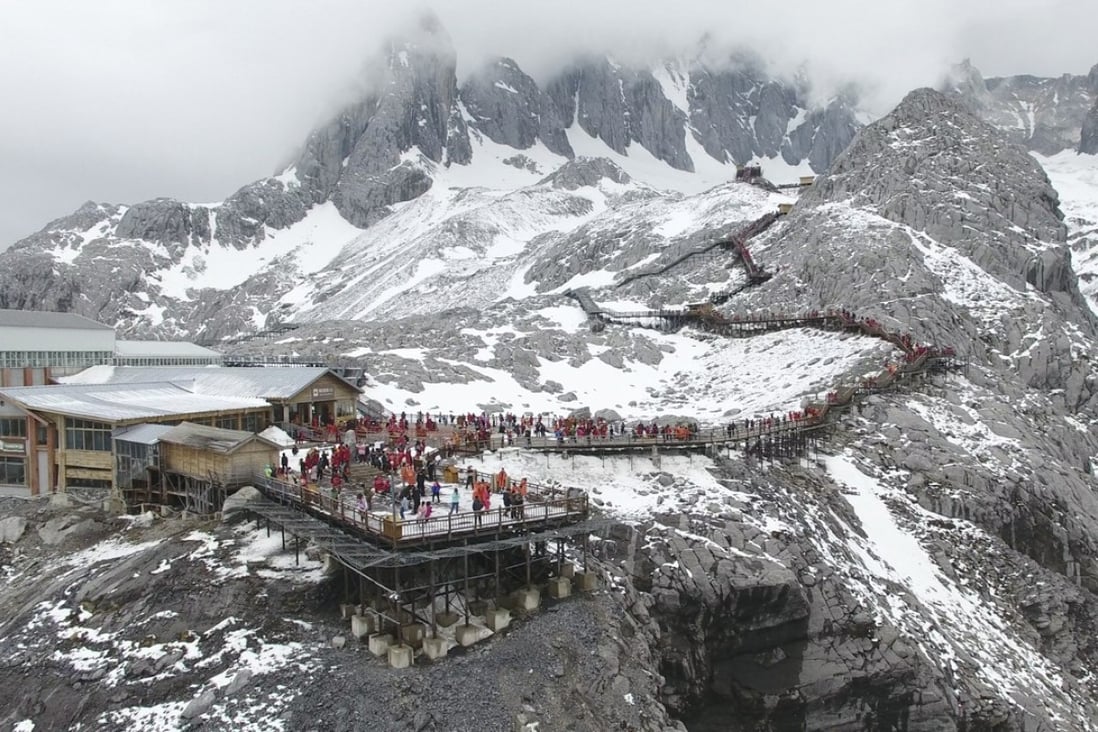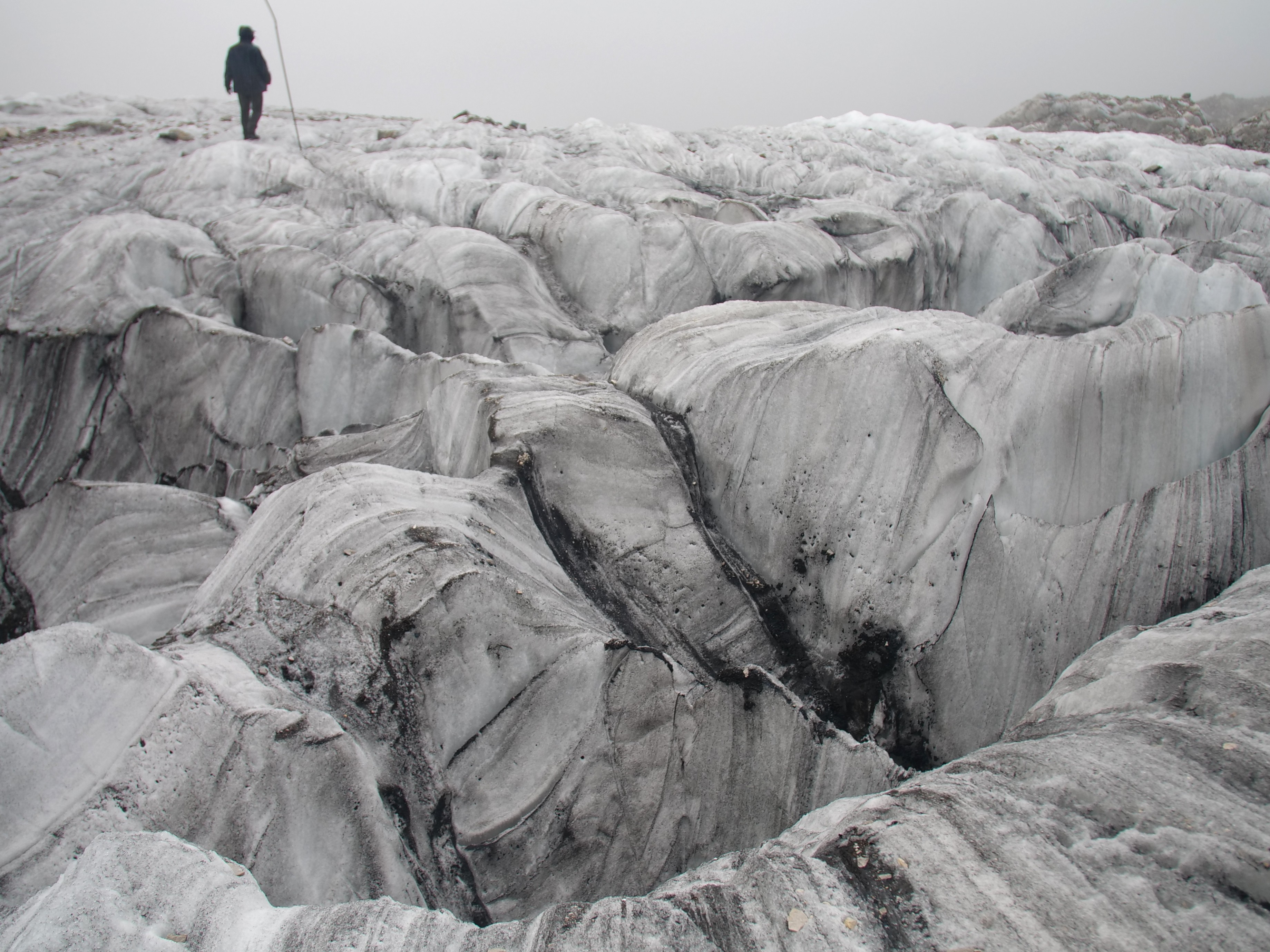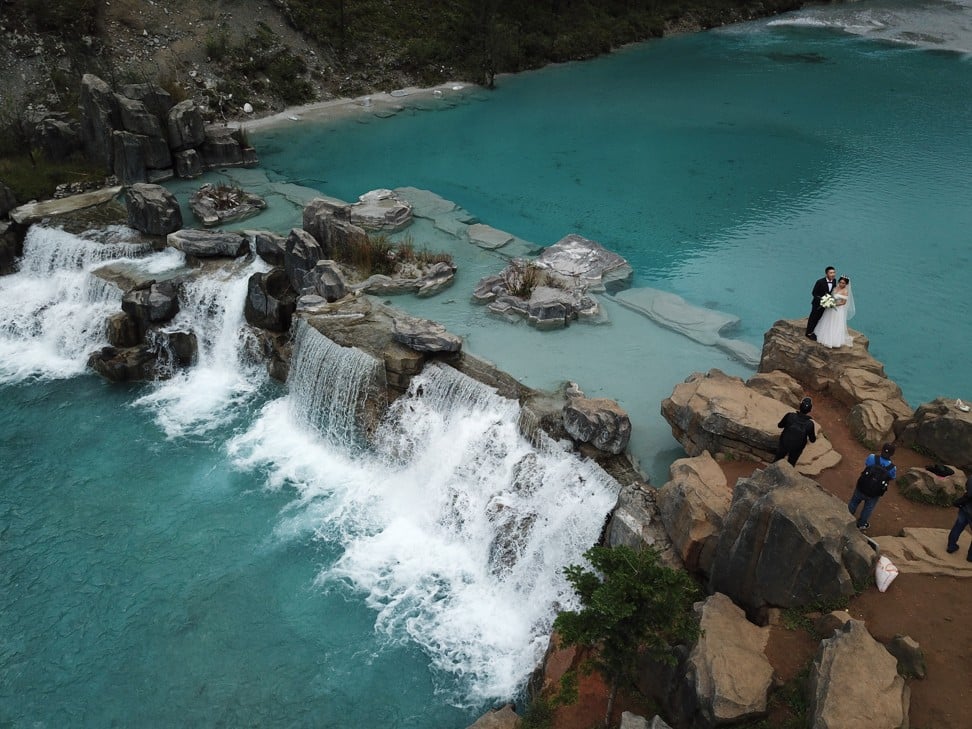The Third Pole is a region in Central Asia with the world’s third-largest store of ice after Antarctica and Greenland that is roughly the size of the US states of Texas and New Mexico combined.
Third Pole glaciers are one of the world’s largest freshwater sources, and vital to billions of people from Vietnam to Afghanistan. Asia’s 10 largest rivers, including the Yangtze, Yellow, Mekong and Ganges, are fed by seasonal melting there.
The Baishui No 1 Glacier in southern China, standing at 4,570 meters above sea-level is on the south-eastern edge of the Third Pole, and scientists say is one of the world’s fastest melting glaciers.


The impact of climate change is already dramatic. The glacier has lost 60 per cent of its mass and shrunk 250 meters since 1982, according to a 2018 report in the Journal of Geophysical Research.
In a 2015 study, scientists found that 82 per cent of glaciers surveyed in China had retreated and said the effects of glacier melting on water resources were becoming “increasingly serious” for the world’s most populous country. China with 20 per cent of the world’s population has only 7 per cent of its freshwater.
One research team has tracked Baishui’s retreat of about 27 meters a year over the past decade. Flowers, such as snow lotus, have rooted in exposed earth, said Wang Shijin, a glaciologist and director of the Yulong Snow Mountain Glacial and Environmental Observation Research Station, part of a network run by the Chinese Academy of Sciences.

For years, scientists have observed global warming change Jade Dragon Snow Mountain in the southwest Chinese province of Yunnan. The weather still ensures Yunnan had plenty of freshwater but other glacier loss posed a serious risk of drought across the Third Pole, Wang Shijin said.
The Baishui No 1 Glacier is a very popular nature tourism destination, and in 2018 2.6 million tourists visited the mountain, according to Yulong Snow Mountain park officials.
To protect the glacier, Chinese authorities have limited the number of visitors to 10,000 a day and banned hiking on the ice. They plan to manufacture snow and to dam streams to increase humidity that slows melting.
Source: Extract from article in South China Morning Post, 29 Oct 2018